Significance
The I-Kuan Tao (also spelled Yiguandao) Shenwei Tiantai Mountain Monastery in Kaohsiung is the biggest monastery complex of I-Kuan Tao’s Baoguang Jiande branch in Taiwan. It is also the largest I-Kuan Tao monastery complex in Asia. The buildings that make up the complex are primarily gold and white in color, and were built in the style of a traditional Chinese palace. The roofs are covered in gilt glazed tiles. The entire complex has a classical yet modern appearance, making it one of Taiwan’s most spectacular religious centers. The complex also reflects the increasing modernization and internationalization of the I-Kuan Tao religious sect. The clean lines of the buildings harmonize with I-Kuan Tao religious beliefs, making the monastery itself an example of the teachings of their faith.
History
I-Kuan Tao has twenty-four branches. Lin Chai-ching (1937 – ), a follower of the Baoguang Jiande branch, first became leader to adherents from Singapore and Malaysia, and among Kaohsiung’s monasteries in 1989, and later assumed the leadership of the Baoguang Jiande branch in 2001. The I-Kuan Tao Shenwei Tiantai Mountain complex was established by Lin and took several years to build. Construction was completed in 2008. Situated in a tranquil valley in Kaohsiung’s Liouguei District, the monastery gives I-Kuan Tao followers and others a place to cleanse the mind and purify the self. The complex is situated on an area of around three hundred hectares. With three main halls— Baiyang Hall, Zushi Hall, and Laomu Hall—it is the biggest I-Kuan Tao complex in Asia. The monastery has hosted several religious assemblies in recent years, and served as a venue for various religious activities. In 2015, the first Ministry of Education-ratified I-Kuan Tao university in Taiwan was established in the complex. I-Kuan Tao College promotes the study of I-Kuan Tao and the education of future generations.
Special Features
1The Complex LayoutThe Tiantai Mountain complex is located in Kaohsiung and occupies a verdant three hundred hectare site. It is the biggest I-Kuan Tao religious center in Taiwan. The main buildings were designed to complement the topography and were constructed along a central axis. Some of the features of the monastery include the Sun Moon Pond; the Garden of the Perfect Enlightenment Sutra; the sports field and the stage; the Chaosheng Gate with its statues of eight sacred animals; Baiyang Hall (the front hall); Zushi Hall (the central hall); the nine-dragon wall; and Laomu Hall (the rear hall). Laomu Hall is located on the highest elevation, giving it a lofty and imposing position. All of the buildings are either gold or white in color, with their roofs covered in gilt glazed roof tiles. The complex also includes an accommodation facility for I-Kuan Tao members, the Zongde House, a Tudigong shrine, a Phra Phrom shrine, rose stone (a rock said to have magnetic power), and a sanctuary.
2The Architectural Style and the Gilt-Glazed Roof TilesThe Tiantai Mountain monastery complex was established to serve as an international I-Kuan Tao religious center. The buildings were constructed in a neoclassical style inspired by traditional Chinese palace architecture. Rugged stone pillars are spaced throughout each of the halls, which have double-eaved roofs covered in gilt-glazed tiles. The exterior walls were constructed using granite and marble. The austere lines give the monastery an aesthetically pleasing mix of classic and modern elements.
3The Chaosheng Gate and the Statues of Eight Sacred Animals Many I-Kuan Tao followers pass through the Chaosheng Gate on their way to the main halls. The fifteen-meter-tall gate has a white façade with golden lettering. The characters for “Chaosheng Gate” are painted on the front side, while the characters for “Peaceful Heart Gate” are painted on the other. This symbolizes people departing the monastery with a peaceful heart after entering through the Chaosheng Gate. Eight sacred animal statues along the front of the gate in different facial expressions and poses respectfully welcome visitors to the complex. There are also two boulders in front of the gate. One is inscribed with the phrase “a blessed place for the multitude”, while the other bears the words “a monastery for the infinite universe.” These inscriptions reveal the generosity, grace, and immeasurable compassion of the Maitreya Buddha as it presides over the White Sun period, or third period of salvation according to I-Kuan Tao followers.
Many I-Kuan Tao followers pass through the Chaosheng Gate on their way to the main halls. The fifteen-meter-tall gate has a white façade with golden lettering. The characters for “Chaosheng Gate” are painted on the front side, while the characters for “Peaceful Heart Gate” are painted on the other. This symbolizes people departing the monastery with a peaceful heart after entering through the Chaosheng Gate. Eight sacred animal statues along the front of the gate in different facial expressions and poses respectfully welcome visitors to the complex. There are also two boulders in front of the gate. One is inscribed with the phrase “a blessed place for the multitude”, while the other bears the words “a monastery for the infinite universe.” These inscriptions reveal the generosity, grace, and immeasurable compassion of the Maitreya Buddha as it presides over the White Sun period, or third period of salvation according to I-Kuan Tao followers.
4Baiyang Hall (the Front Hall) Baiyang (White Sun) Hall enshrines the Maitreya Buddha. Behind the statue of the Buddha a mosaic wall depicts the Tushita Heaven as described in the story “Maitreya Bodhisattva’s Attainment of Buddhahood.” To create the scene, natural jade in a variety of shades and colors was cut and polished, and then inlaid. Five hundred figures of the I-Kuan Dao’s Three White Sun Buddhas can be seen at the top of the mosaic, the Maitreya Buddha is in the middle, while Zen Master Ji Gong and the Moonlight Bodhisattva can be found at the two sides.
Baiyang (White Sun) Hall enshrines the Maitreya Buddha. Behind the statue of the Buddha a mosaic wall depicts the Tushita Heaven as described in the story “Maitreya Bodhisattva’s Attainment of Buddhahood.” To create the scene, natural jade in a variety of shades and colors was cut and polished, and then inlaid. Five hundred figures of the I-Kuan Dao’s Three White Sun Buddhas can be seen at the top of the mosaic, the Maitreya Buddha is in the middle, while Zen Master Ji Gong and the Moonlight Bodhisattva can be found at the two sides.
5Zushi Hall (the Central Hall)
 A 27.5-meter-long, 4.6-meter-wide greenstone relief carving of nine dragons is inset into the center of the stone steps leading up to Zushi Hall. The entire platform is inclined at a forty-five degree angle that matches the slope of the stairs, and the main dragon rises its head up out of the top end in an expression of fearsome power. The carving is aligned with the hall’s central axis. The other dragons are depicted soaring through the sky. The carving was created by master sculptors of the age. The hall is dedicated to three of the sect’s leaders: Lu Zhongyi, the 17th patriarch of the sect who is known as the “Golden Elder,” Zhang Tianran, the 18th patriarch and founder of the sect, known as “Tianran Gufo,” and Sun Suzhen, the 18th matriarch known to followers as “Holy Mother of the Chinese.” They are honored with statues carved in white marble that are 5.35 meters high and weigh 38 tons. On either side are busts of 64 elders sculpted in white marble. The portraits are engraved with the elders’ posthumous names.
A 27.5-meter-long, 4.6-meter-wide greenstone relief carving of nine dragons is inset into the center of the stone steps leading up to Zushi Hall. The entire platform is inclined at a forty-five degree angle that matches the slope of the stairs, and the main dragon rises its head up out of the top end in an expression of fearsome power. The carving is aligned with the hall’s central axis. The other dragons are depicted soaring through the sky. The carving was created by master sculptors of the age. The hall is dedicated to three of the sect’s leaders: Lu Zhongyi, the 17th patriarch of the sect who is known as the “Golden Elder,” Zhang Tianran, the 18th patriarch and founder of the sect, known as “Tianran Gufo,” and Sun Suzhen, the 18th matriarch known to followers as “Holy Mother of the Chinese.” They are honored with statues carved in white marble that are 5.35 meters high and weigh 38 tons. On either side are busts of 64 elders sculpted in white marble. The portraits are engraved with the elders’ posthumous names.
6Laomu Hall (the Rear Hall)The central shrine of Laomu Hall houses a twenty-meter-high stele dedicated to the Eternal Venerable Mother. Its frame was carved from a rare wood and painted in gold. The stele is inlaid with pure white marble and bears her full name, “Eternal Venerable Mother, Unlimited and Tranquil, the Ultimate Divinity of the Utmost Reverence, True Ruler of the Universe and All Living Things.” The hall’s four walls are adorned with 10,800 gilt Maitreya Buddha figurines, which together symbolize a pilgrimage and form a dazzling sight.
7The White Marble Nine-Dragon Wall The nine-dragon wall is located in front of the Laomu Hall. The dragons soaring across the wall in a lifelike tableau were not painted using traditional techniques. Instead, they were gilded using gold leaf.
The nine-dragon wall is located in front of the Laomu Hall. The dragons soaring across the wall in a lifelike tableau were not painted using traditional techniques. Instead, they were gilded using gold leaf.
Reminders
The I-Kuan Tao Shenwei Tiantai Mountain religious complex in Kaohsiung is open daily to the public from 6:00 a.m. to 5:00 p.m. Visitors are asked to follow the guidelines outside the three main halls before entering. Food and drink facilities are available inside the complex.
Panoramic
Directions